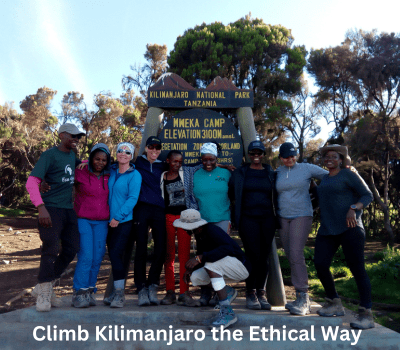What is the Success Rate of Reaching the Summit of Kilimanjaro in Africa?
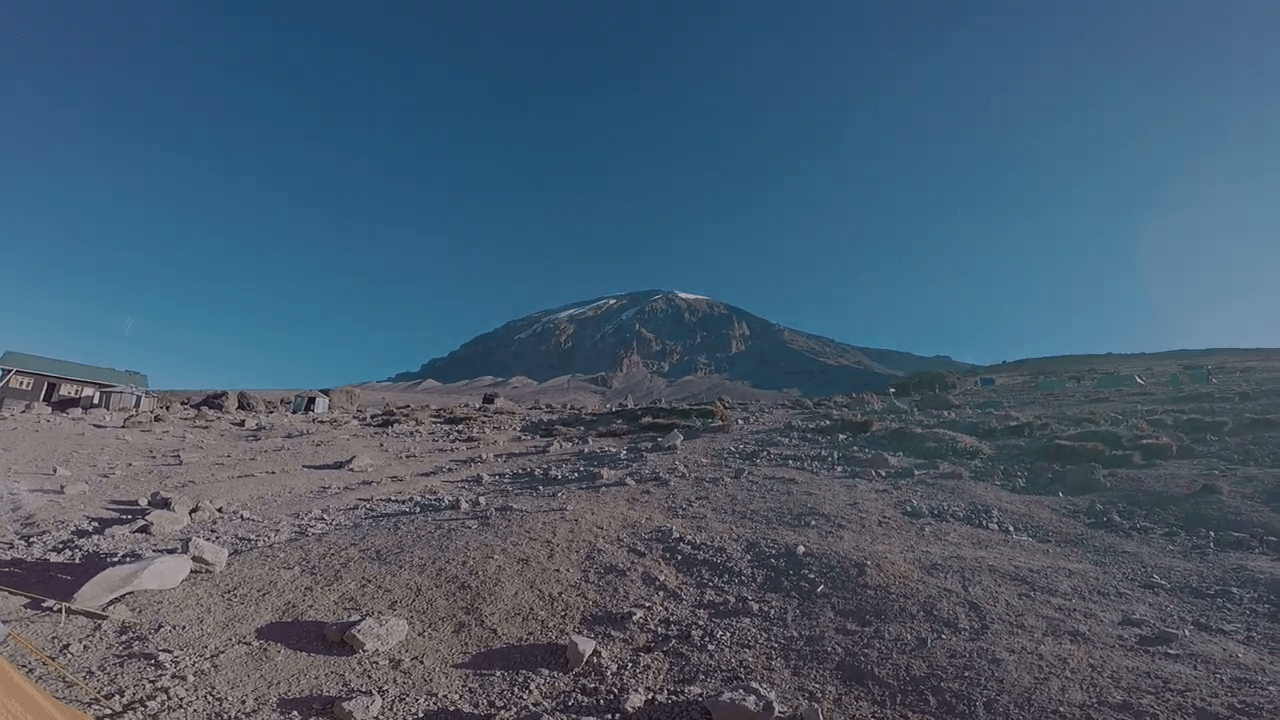
Introduction
Mount Kilimanjaro, the highest peak in Africa at 5,895 meters (19,341 feet), is one of the world’s most popular trekking destinations. Every year, over 35,000 trekkers attempt to stand on the “Roof of Africa” — but not all make it. So, what exactly is the success rate of reaching the summit of Kilimanjaro in Africa? And more importantly, what can you do to be among those who succeed?
In this detailed guide, we’ll break down real-world summit statistics, compare success rates by route and itinerary length, and show you exactly how to maximize your chances of making it to Uhuru Peak. With insights from Eco-Africa Climbing — a proud KPAP-partnered operator and one of Tanzania’s most trusted local companies — you’ll get an honest, expert-backed view of what it takes to conquer Kilimanjaro.
Understanding Kilimanjaro’s Overall Success Rate
Unlike other major peaks, Kilimanjaro does not require technical climbing. This leads many to underestimate the challenge. While anyone in decent physical condition can attempt the climb, only about 65% to 75% of all trekkers successfully reach the summit. The actual success rate depends heavily on the route chosen, the number of days spent on the mountain, and the quality of your guides.
Short routes with rapid ascents tend to have far lower success rates due to the body’s inability to acclimatize. In contrast, longer routes — like Lemosho, Northern Circuit, and Machame (7–9 days) — give climbers a much better shot.
According to the Kilimanjaro Altitude Sickness report by Eco-Africa Climbing, more than 75% of unsuccessful climbs are due to poor acclimatization and rushing the ascent.
Why Success Rates Vary by Route
Each route on Kilimanjaro has its own terrain, elevation gain, and day-by-day structure. These factors directly impact how well your body can adjust to high altitude. Let’s break it down:
- Marangu Route (5-6 Days): Shortest and least expensive route, but poor acclimatization = low success (as low as 40%).
- Machame Route (6-7 Days): Popular for its scenery and “climb high, sleep low” design. Success rates up to 85% on 7-day version.
- Lemosho Route (7-8 Days): Best blend of scenic beauty and acclimatization. Success rates range from 90–95% on the 8-day climb. View itinerary.
- Northern Circuit (9 Days): Longest route = highest success (95%+). Ideal for cautious climbers. Check route.
- Umbwe Route (6 Days): Steep and fast = very low success for most (under 50%).
Looking at a Kilimanjaro Route Comparison map can help you visualize elevation changes and identify the smartest route for success.
Why Acclimatization Is the #1 Success Factor
Altitude sickness is the number one reason climbers fail on Kilimanjaro. The air at Uhuru Peak contains roughly 50% less oxygen than sea level. Without adequate time to adapt, your body can suffer from Acute Mountain Sickness (AMS), which includes symptoms like headaches, nausea, fatigue, and in severe cases, life-threatening complications.
The best way to prevent AMS is by choosing a longer route and following a slow, steady pace. All Eco-Africa Climbing guides are trained in high-altitude safety, carry pulse oximeters, and monitor you daily. Learn more here:
Kilimanjaro Daily Schedule
and
How Diamox helps with altitude.
Climber Profile: Who Is Most Likely to Succeed?
Success isn’t about being young, fast, or super athletic. In fact, older trekkers who follow the guide’s pace and listen to their bodies often outperform younger climbers who go too fast. Based on Eco-Africa Climbing’s records, the climbers with the highest success rates are:
- Those who trained consistently for 8–12 weeks before the climb
- Climbers who chose 7+ day routes
- Clients who followed hydration and nutrition guidance
- People with realistic expectations and mental stamina
Want to follow a proven preparation guide? Here’s our official
12-Week Training Plan
to help you get ready.
Group Climb vs Solo Climb: Does It Affect Success Rate?
Whether you join a group, climb solo with a private guide, or do a luxury climb, your summit success depends more on the itinerary and guide than the format. That said, statistics show slight differences in performance:
- Group Climbs: More social, great for motivation. Success rates hover around 75–85% depending on route. Perfect for first-timers. Check options at Kilimanjaro Group Join.
- Private Climbs: Customized pace, private attention, flexible support. Higher success rates (80–90%) because itineraries are tailored to your pace.
- Luxury Climbs: Extra amenities, medical checks, comfort. Success rates often above 90% with companies like Eco-Africa Climbing.
Going solo doesn’t mean you’re unsupported. Per park rules, no one can climb Kilimanjaro entirely alone—you must hire a licensed local guide and crew.
Want a fully customized experience? Check out:
Contact Eco-Africa Climbing.
Best Time to Climb for Maximum Success Rate
Time of year significantly affects your chances of summiting Kilimanjaro. Weather plays a major role in visibility, trail conditions, and your physical comfort. Based on decades of data, the two best climbing windows are:
- January to mid-March: Mild weather, fewer crowds. Ideal for solo climbers or photographers.
- June to October: Dry season, clear skies, very popular. Higher foot traffic, but great climbing weather.
Avoid:
- April–May: Long rainy season = slippery trails and poor summit visibility.
- November: Short rains. Still possible, but more gear and care needed.
Plan your success around the best conditions. Read more at
Best Time to Climb Kilimanjaro.
Altitude Risk Management: Safety First
Altitude sickness is responsible for more failed summits than all other factors combined. That’s why working with a guide who understands altitude risk management is crucial. Here’s what you should expect from a responsible operator like Eco-Africa Climbing:
- Twice-daily health checks with a Pulse Oximeter
- Guides trained in evacuation protocols
- Portable emergency oxygen carried on every trek
- Access to Kilimanjaro helicopter rescue
Smart climbers also take Diamox and avoid alcohol/caffeine during the climb. You’ll want to stay hydrated and walk pole-pole (“slowly” in Swahili).
Visual Summary: Route Comparison and Success Strategy
Here’s a summary chart comparing the top Kilimanjaro routes by success rate, length, and difficulty. These are real-world averages based on operator data:
| Route | Days | Success Rate | Best For |
|---|---|---|---|
| Lemosho | 7–8 | 90–95% | Balance of scenery & acclimatization |
| Machame | 6–7 | 80–90% | Scenery, medium budget |
| Northern Circuit | 9 | 95%+ | Acclimatization, solitude |
| Rongai | 6–7 | 85% | Dry conditions, less traffic |
| Marangu | 5–6 | 50–70% | Huts, budget travel |
| Umbwe | 6 | 40–50% | Experienced climbers only |
For the highest chance of success, go with an 8-day Lemosho or 9-day Northern Circuit climb. View both itineraries here:
8-Day Lemosho
|
9-Day Northern Circuit
Eco-Africa Climbing Client Success Rate: Real Results
One of the most accurate ways to measure potential success is by looking at real client outcomes. At Eco-Africa Climbing, summit success rates are well above industry averages. Thanks to expert guides, ethical practices, and well-paced itineraries, most of their clients reach the top.
- Overall Success Rate: Over 92% for all climbs
- 7-Day Machame: 85–90% summit success
- 8-Day Lemosho: 93–95% summit success
- 9-Day Northern Circuit: Up to 97% success rate
Eco-Africa’s team includes medical-certified guides, full support staff, and backup safety systems. Read their 5-star verified reviews on TripAdvisor to hear direct from clients who made it.
How Porters and Crew Influence Summit Success
Behind every successful climb is an incredible support team. Your mountain crew — guides, cooks, and porters — are your lifeline. From carrying your gear to cooking your meals and motivating you through tough terrain, they are the unsung heroes of every summit.
Success isn’t just about gear and fitness — it’s about logistics, timing, and energy. And your team is responsible for all of that. Companies like Eco-Africa Climbing, which are proud partners of the Kilimanjaro Porters Assistance Project (KPAP), ensure fair porter treatment, adequate nutrition, proper clothing, and safe working conditions.
- All porters carry no more than 20kg
- They sleep in quality tents and receive 3 hot meals/day
- Each crew member is insured and respected
Want to learn more? Visit:
Why Choose Eco-Africa Climbing
Myth vs Reality: Kilimanjaro Death Rate and Risks
While climbing Kilimanjaro is challenging, it’s not inherently dangerous — when done right. On average, 3 to 10 deaths are reported on the mountain annually out of over 35,000 climbers. Most of these are due to pre-existing health conditions or improper altitude management.
With an ethical, medically-trained company like Eco-Africa Climbing, your risks drop significantly thanks to:
- Health checks and oximeter readings twice daily
- Pre-trip medical evaluations
- Emergency gear and evacuation plans
- Access to oxygen and helicopter support
Want to climb with peace of mind? Read about
Safety on Kilimanjaro
How Your Gear Impacts Success
Underestimating the mountain’s weather is a big reason for early turn-backs. Proper gear keeps you warm, dry, and moving. You’ll need:
- Base layers, fleece mid-layers, and waterproof outer shell
- Insulated gloves, hat, and balaclava
- Waterproof boots and trekking poles
- A sleeping bag rated at least -10°C (or rent one from Eco-Africa)
Ladies can also view the women-specific checklist:
Women’s Gear Checklist
And gear rentals? Full list here:
Gear Rental Price List
Summary: How to Maximize Your Success Rate on Kilimanjaro
Summiting Kilimanjaro isn’t about luck — it’s about strategy. Based on real data, expert advice, and thousands of successful treks, here’s what you need to do to maximize your summit success:
- Choose the Right Route: Go for 7–9 day options like 8-Day Lemosho or 9-Day Northern Circuit.
- Train Properly: Use this 12-week program to prepare your body.
- Go With a KPAP-Verified Guide: Climb ethically and safely with Eco-Africa Climbing.
- Use the Right Gear: Check the gear list and rent anything you need.
- Climb Slow, Hydrate, and Eat Well: These 3 things make or break your altitude adaptation.
Thousands reach Uhuru Peak every year, and with the right team and mindset, so can you. And remember, the journey is just as powerful as the destination.
FAQs: Kilimanjaro Summit Success
What’s the average summit success rate for Kilimanjaro?
Around 65–75% overall, depending on the route and number of days.
Which route has the highest success rate?
The Northern Circuit with 95%+ success on 9-day itineraries.
Does age affect success?
Not much. People from ages 10 to 70+ succeed regularly. Preparation and pacing matter more.
What’s the number one reason climbers fail?
Altitude sickness — usually from climbing too fast or choosing a short route.
Do I need technical climbing experience?
Nope. Kilimanjaro is a trek — not a climb. You just need endurance and altitude adaptation.
Helpful Resources for Climbing Kilimanjaro
- Compare All Kilimanjaro Routes
- Altitude Sickness Explained
- Packing List
- Training Program
- Contact Eco-Africa Climbing
Conclusion: Ready to Succeed?
Reaching the summit of Kilimanjaro is possible for anyone with determination, preparation, and the right support. But success isn’t guaranteed unless you choose a proven route and climb with a team that puts safety first. That’s why smart trekkers choose Eco-Africa Climbing — where success is part of the journey.
Share:
Related Posts
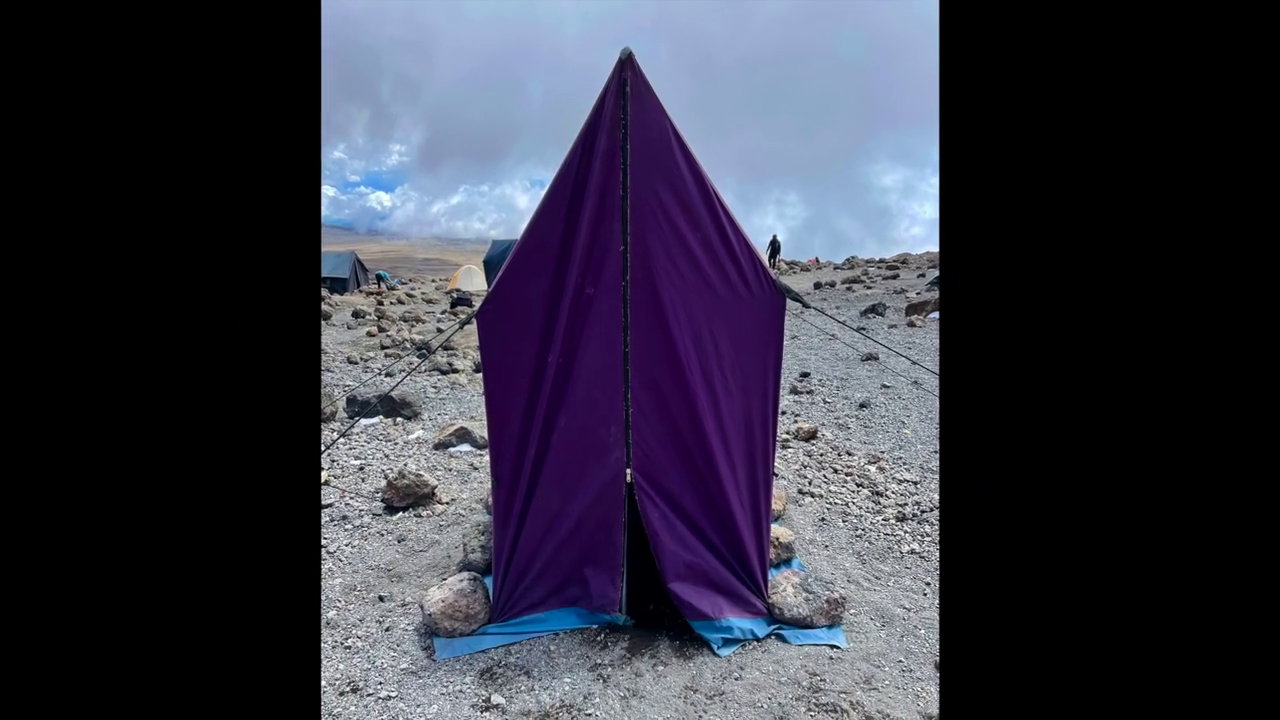
bathroom on mountain kilimanjaro
Bathroom on Mountain Kilimanjaro: What to Expect and How to Prepare Introduction One of the most common — and least discussed — questions from people
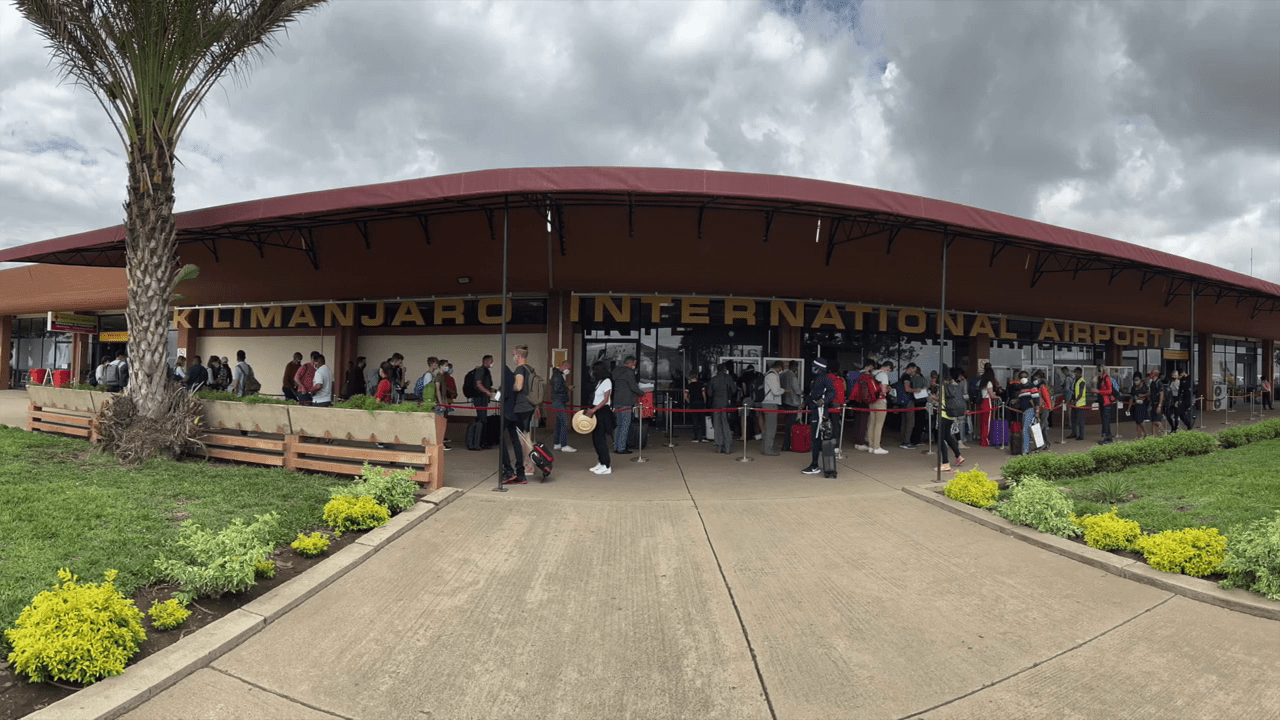
Are Guides Readily Available in Tanzania Without Prior Booking?
Are Guides Readily Available in Tanzania Without Prior Booking? Introduction: Should You Risk Climbing Without Pre-Booking? Climbing Mount Kilimanjaro is a dream for many adventurers.
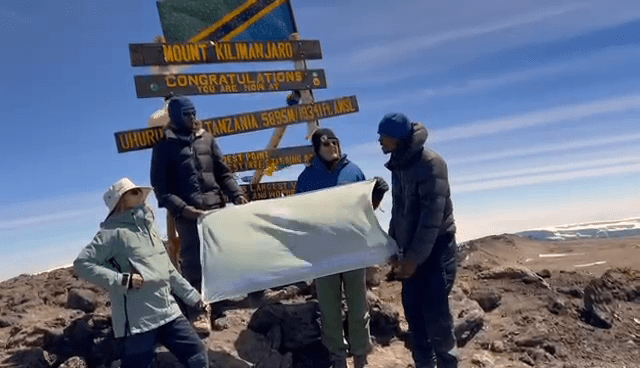
How Can I Find a Reliable Local Guide for My Kilimanjaro Expedition?
How Can I Find a Reliable Local Guide for My Kilimanjaro Expedition? Introduction: Why the Right Guide Is Key to Kilimanjaro Success Climbing Mount Kilimanjaro
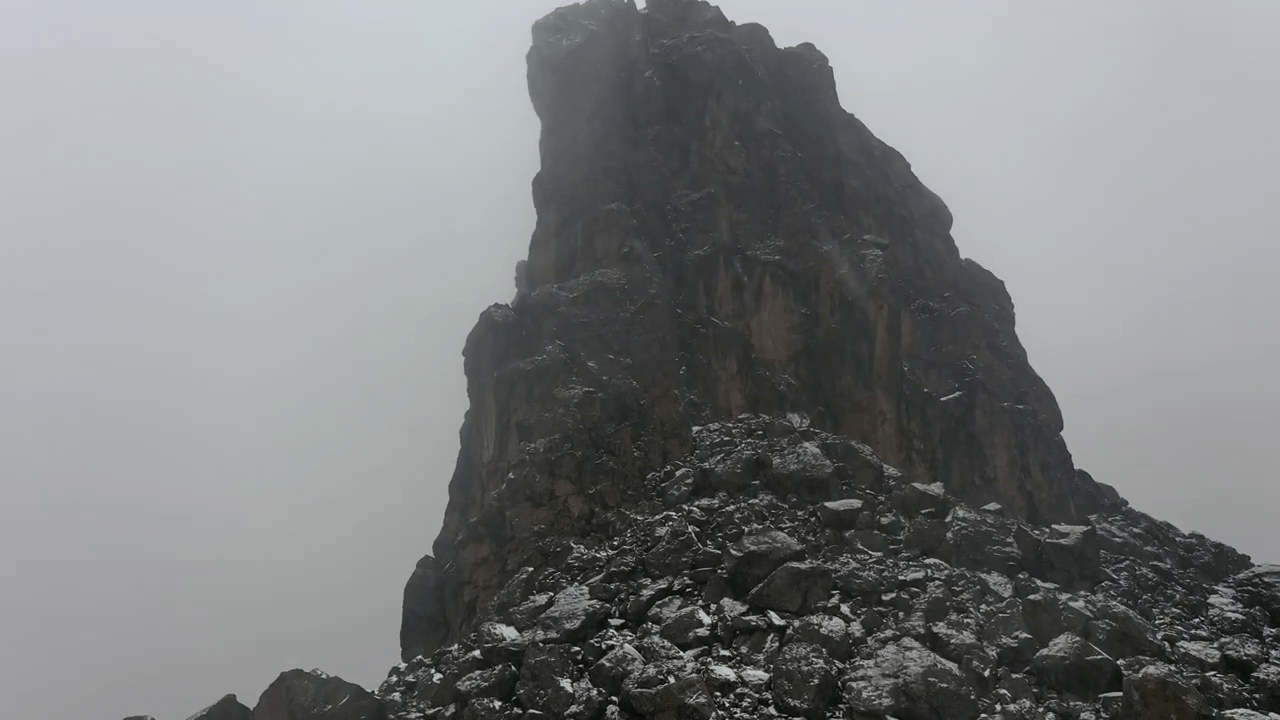
Is Climbing Kilimanjaro Dangerous for Individuals Without Mountaineering Experience?
Is Climbing Kilimanjaro Dangerous for Individuals Without Mountaineering Experience? Introduction: The Myth of Danger and Experience Many aspiring adventurers wonder if climbing Mount Kilimanjaro is
